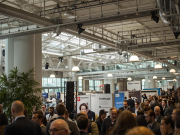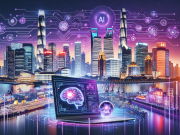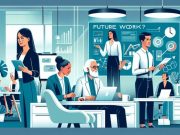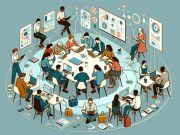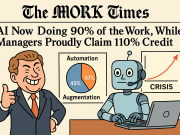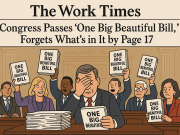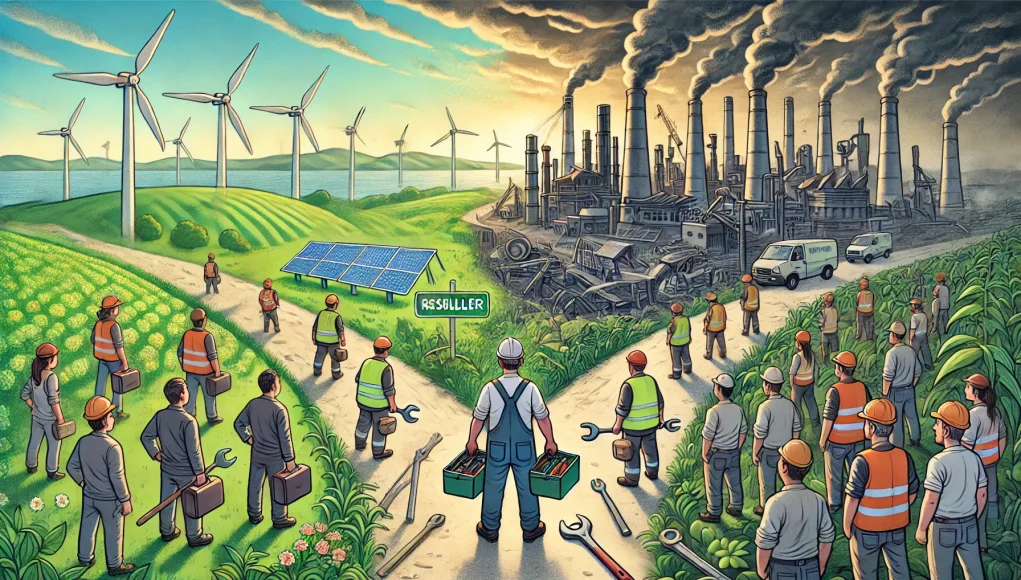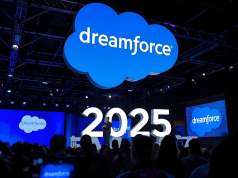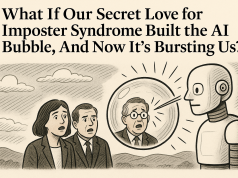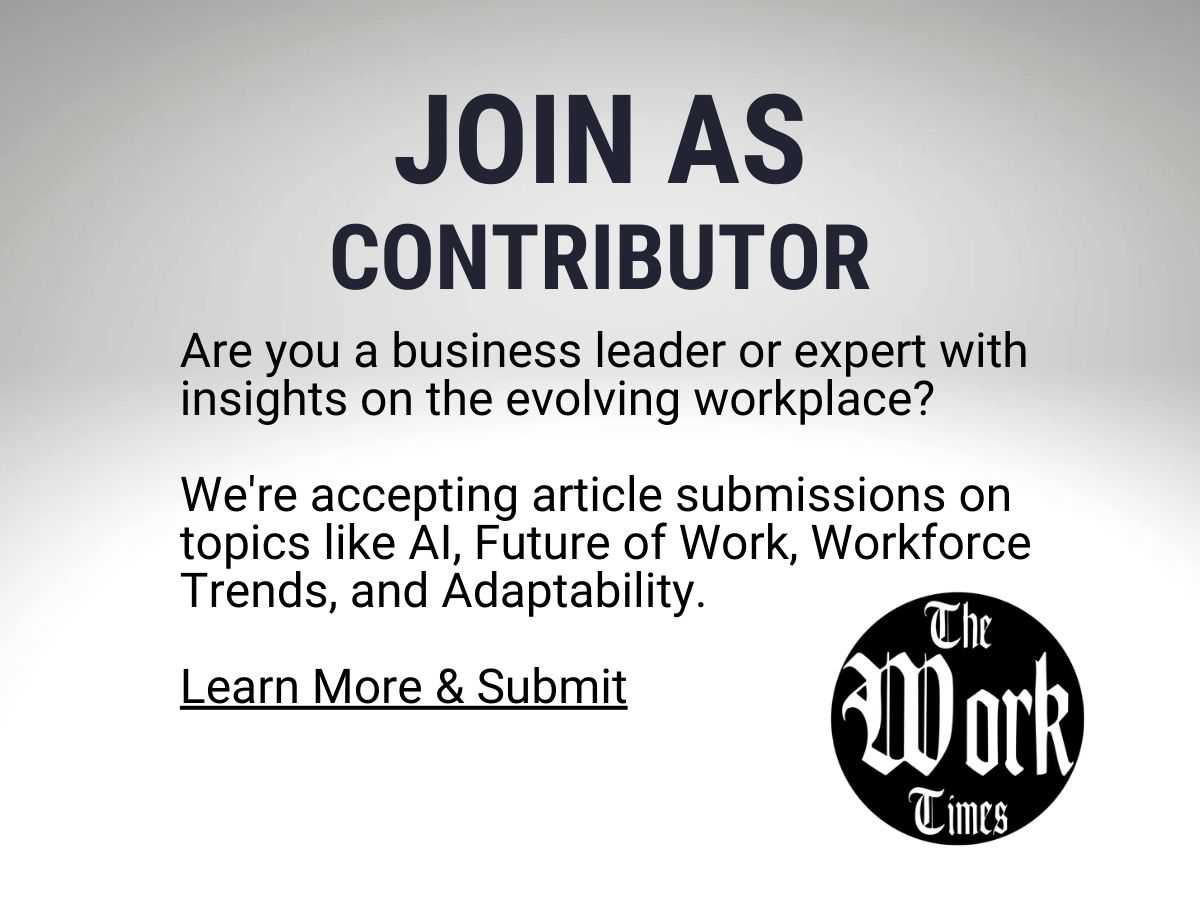The green economy is often heralded as the savior of both our planet and our workforce, offering millions of jobs while addressing climate change. For policymakers and industry leaders, it’s a rallying cry—a vision of sustainable industries and a thriving planet. But for everyday workers, the reality is more complex, more personal. Jobs aren’t just numbers on a report; they are identities, communities, and livelihoods.
The World Economic Forum’s Future of Jobs Report 2025 shines a light on this transition, revealing both its promise and its challenges. While the green economy is set to create millions of roles, from renewable energy technicians to climate scientists, it also raises critical questions: Who will benefit from these opportunities? What happens to those left behind? And can a green job truly replace the stability and dignity of the roles being phased out?
The Opportunity Gap
The transition to green jobs isn’t evenly distributed. High-income nations with robust training infrastructures are well-positioned to reap the rewards. In these regions, workers have greater access to the education and resources needed to pivot into green roles. Meanwhile, in low-income economies—often the hardest hit by climate change—such opportunities remain scarce.
For a coal miner in a rural Appalachian town or a factory worker in Southeast Asia, the shift to green jobs isn’t just about learning a new skill. It’s about overcoming systemic barriers: access to education, geographic isolation, and often, the absence of a clear roadmap for transitioning into this new economy.
The disparity isn’t just economic; it’s deeply human. Workers in underserved regions see industries that sustained their families for generations vanish, replaced by promises of green jobs that feel distant and out of reach.
More Than Just Reskilling
Adapting to the green economy requires more than learning how to install solar panels or maintain wind turbines. For many workers, the challenge is not technical but emotional. Jobs aren’t merely tasks—they’re identities. The steelworker, the oil rig operator, the farmer—these roles are steeped in community pride and history. Asking someone to leave behind a profession tied to their sense of self is no small feat.
This is where traditional training programs often fall short. It’s not enough to teach someone a new trade; we need to help them reimagine their future. Programs that combine technical training with mentorship, community support, and psychological guidance are essential. Workers must not only learn new skills but also find a way to see themselves in these new roles.
The Fine Print of Green Jobs
Green jobs are often framed as ethical and forward-looking, but they aren’t without their complexities. Consider the electric vehicle industry, hailed as a cornerstone of the green transition. The demand for EVs has spurred a surge in lithium mining, often carried out under environmentally damaging and ethically questionable conditions in developing nations.
For workers, the question becomes: What makes a job truly “green”? It’s not enough for a role to contribute to sustainability goals; it must also offer fair wages, safe working conditions, and long-term stability. The quality of green jobs varies widely, and many roles in emerging industries lack the security of the positions they aim to replace.
The green economy promises a sustainable future, but for some workers, it also raises an unsettling possibility: that their new role may come at a personal or ethical cost.
The Power of Local Solutions
While the green economy is often discussed in global terms, its success will depend on local implementation. Community-driven initiatives have the potential to bridge the gap between global ambition and individual opportunity.
In regions undergoing economic transitions, localized renewable energy projects and green-skilling academies tailored to local industries can create meaningful, accessible opportunities. These efforts aren’t just about jobs—they’re about empowerment. When workers are involved in shaping the transition, they become active participants in their own future, rather than passive recipients of change.
A Shared Responsibility
The green economy’s success depends on more than technological innovation or investment; it hinges on the people who will build and sustain it. For everyday workers, the transition represents both hope and uncertainty. It offers new opportunities but also demands significant sacrifice and adaptation.
For leaders, the responsibility is clear. It’s not enough to champion climate goals or celebrate job creation numbers. We must ensure that these jobs are accessible, equitable, and meaningful. This means investing in localized training programs, ensuring the ethical integrity of new industries, and engaging workers in the process of transition.
For workers, navigating this shift may feel overwhelming, but it’s also a chance to redefine what work means in the context of a changing world. The green economy isn’t just about saving the planet; it’s about building a future where sustainability and dignity go hand in hand.
As the green transition unfolds, the question isn’t just how many jobs we can create—it’s whether we can create jobs that truly work for everyone.

